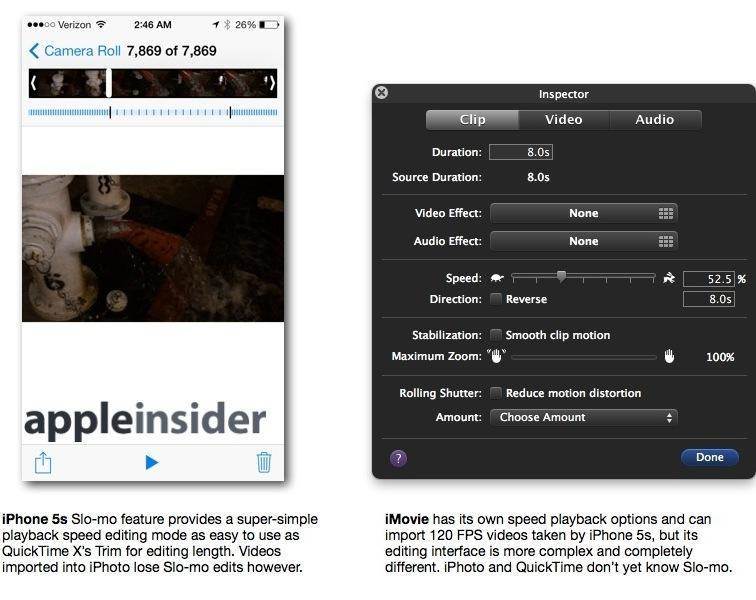![]() 4G
4G ![]() , or not 4G? That is the question.
, or not 4G? That is the question.
Since new standards of high-speed, wireless ![]() data technology
data technology ![]() began to emerge in 2010, the label has been attached to a variety of networks, from AT&T and T-Mobile’s HSPA+ to Sprint’s WiMAX and the long-term evolution, or LTE
began to emerge in 2010, the label has been attached to a variety of networks, from AT&T and T-Mobile’s HSPA+ to Sprint’s WiMAX and the long-term evolution, or LTE ![]() , systems now being implemented by AT&T and Verizon Wireless.
, systems now being implemented by AT&T and Verizon Wireless.
The International Telecommunications Union set the bar high for what could be called 4G in 2008, at 100 megabits per second for fast mobility and 1 gigabit per second for pedestrians. But few carriers today can deliver that kind of speed. AT&T and Verizon Wireless promise LTE speed of 5 to 12 megabits per second for uplink and 2 to 5 mbps for downloads. Sprint promises up to 10 mbps for its WiMAX network ![]() .
.
Trouble Down Under
Now, with Apple promising that its latest iPad operates on 4G networks, the company has come under fire from the Australian Competition and Consumer Commission because it won’t connect to LTE networks (run by the Telstra telecommunications company) or to WiMAX there. That’s misleading the public, the agency charged.
But Apple responded in Australian Federal Court that the device is still 4G because it can connect to HSPA+ networks there, though that standard is considered 3G ![]() in Australia. The wireless data-capable iPad is listed in promotional material as “wi-fi+ 4G.”
in Australia. The wireless data-capable iPad is listed in promotional material as “wi-fi+ 4G.”
That means the onus is on Apple to persuade the authorities that HSPA+ is in fact 4G.
“The concept of 4G wireless communications has been reduced to a
marketing specsmanship game,” tablet ![]() analyst Jeff Orr of ABI Research told us Friday. “As marketers realized that they could attract subscribers by claiming they offered ‘the next generation” of mobile
analyst Jeff Orr of ABI Research told us Friday. “As marketers realized that they could attract subscribers by claiming they offered ‘the next generation” of mobile ![]() data, the alignment with specific technologies has blurred and even become confusing for consumers.”
data, the alignment with specific technologies has blurred and even become confusing for consumers.”
Orr said defining the generation standards is the job of the ITU, a U.N. agency that establishes guidelines based on input from member nations. “Its working group, IMT, put out a list of technologies in 2000 called IMT-2000. The market has generally referred to those technologies as 3G. In more recent years, the IMT-2000 recommendations were expanded to include WiMAX and LTE. New advanced guidelines will create the categories WiMAX2 and LTE-Advanced. (continued…)
Mel:
Posted: 2012-04-20 @ 7:00pm PT
You have two choices:
Either NO carrier supports 4G as defined by the original International Telecommunications Union (ITU) definition because all are running LTE Release 8/9 3.9G which only has a theoretical maximum of 84mbps. This fails the minimum levels of 100mbps when mobile and 1Gigabit per second when standing still requirements of the original ITU 4G definition.
Or you accept the amended definition of 4G as of Dec 2010 when the ITU accepted LTE 3.9G, WiMax and HSPA+ DC as 4G as defined by next generation speeds.
The media needs to stop getting all stuck up on technicalities. The consumer on the other hand only cares about the main marketing message of 4G – speed.
DC-HSPA+ achieves 42mbps with real world iPad speeds demonstrated of 20mbps here in Australia on Telstra’s network (branded “NextG”) equal to real world LTE 3.9G speeds in New York. In contrast, competing WiMax networks such as Vivid Wireless in Australia are advertised with a top speed of only 5mbps.
So what do you want – the original definition of 4G which means NO carrier or manufacturer has “4G” or the amended ITU definition of 4G which includes the current iteration of LTE, WiMax and DC HSPA+ and means that all devices and networks running at these next generation speeds are 4G?
 ASUS X101CH-EU17-BK 10.1-Inch Netbook (Matte Black)
ASUS X101CH-EU17-BK 10.1-Inch Netbook (Matte Black)10.1″ WSVGA (1024×600) / N2600 (1.6Ghz) Dual Core / 1GB DDR3 / Intel UMA / 320GB 5400RPM / Windows 7 Starter (32bit) / 802.11BGN /…
 Acer Aspire One AO722-0667 11.6-Inch HD Netbook (Aquamarine)
Acer Aspire One AO722-0667 11.6-Inch HD Netbook (Aquamarine)Acer AO722-0667 comes with these high level Specs. AMD Dual-Core C-Series Processor C-60 1.0GHz with TurboCORE Technology up to 1….
 7″ Mini Windows Netbook with Wifi (Black)
7″ Mini Windows Netbook with Wifi (Black)Description
This is New 7″ Mini Netbook Laptop Notebook WIFI Windows 2GB HD – Green. This Netbook makes it easy to get connected, …


![[CES 2026] Quest For Perfect Color…Samsung To Push](https://loginby.com/itnews/wp-content/uploads/2025/12/CES-2026-Quest-For-Perfect-Color…Samsung-To-Push-100x75.jpg)

